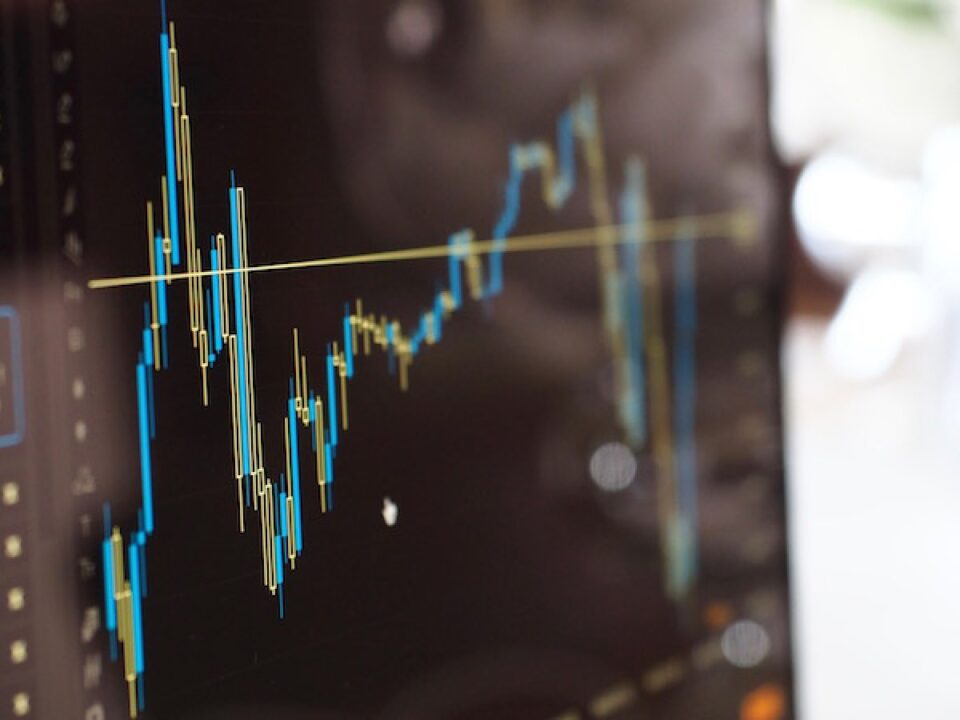
How Vendor Managed Inventory (VMI) Strengthens Supply Chain Resilience and Collaboration
To optimize inventory management, retailers and suppliers are increasingly turning to Vendor Managed Inventory (VMI) tools that transfer the responsibility…
Generix Ushers in a New Era of Intelligent Commerce for Retailers with AI-Driven Innovation Read the press release

Emerging in the United States in the 1980’s, Vendor Managed Inventory (VMI) was created by large companies, such as Procter & Gamble and Walmart, seeking to reduce their inventory management costs. In order to achieve this, inventory management was delegated to suppliers with information shared by the distributors. This shift gave distributors more time to spend on selling their products. Therefore, whether logistics operations run smoothly or not depends on the daily exchange of information between distributors and suppliers. Data shared mainly provides information on the status of inventory and in-process inventory, sales volumes and upcoming promotions or sales operations to implement in store or online. In France, where the network of distributors is particularly vast, the VMI market blossomed thanks to Carrefour in the late 1990’s. It was then widely deployed in the mid-2000’s by groups such as Unilever and Nestlé that quickly integrated it into their operations.
On the same topic: Opt for a collaborative invetory management with a VMI
Although the demise of the VMI model was predicted before 2010, it has now made a comeback in major retail and e-commerce players. The VMI market is thus characterised by cyclical shifts of rises and falls. These cycles are mainly due to the competition of other inventory management systems as a result of extended features being added to ERP. The image of VMI has also been tarnished by complicated relationships between suppliers and distributors. Trust between the two parties is the fundamental element if information sharing is going to be successful.
Nevertheless, today the model is experiencing a strong comeback among industrial companies and distributors. Companies such as Casino have actually come back to the VMI model after abandoning it a few years back. What’s at stake? Notable advantages for each party involved:
● Thanks to the sales data transmitted by the distributors, suppliers have better visibility of their production needs. ● By receiving only the products they really need when and where they need them, distributors benefit from a massive reduction in inventory— up to 50%.
Two trends currently play in favor of the VMI market: pooling and automation. Sparking massive interest over the last few years, pooling enables industries to share the costs of transporting and distributing their goods by relying on a common logistics provider. This is a simple and effective way to maximize truck loads while maintaining just the right levels of inventory.
Further reading: Optimizing transport costs: the challenges to overcome
Thus, only the products needed for a given day are delivered to distribution points. This system is particularly viable for products stored in a single place and sold in nearby aisles such as cosmetics and household cleaning products. As for automation, thanks to the predominance and efficiency of this model, it now has a solid reputation in the sector of inventory management. Industry heads just need to know the amount of products to deliver and the expected delivery dates in order to optimally supply different storage points in France and abroad. As a result of the rise of these two trends, the processes are now more mature and reliable when it comes to VMI: all industry heads need to do now is use the data collected to increase the efficiency of processing. This context creates a favorable setting for VMI whose main goal today is to bring together different parameters and data into a single place that guarantees confidentiality and secure information exchanges.

To optimize inventory management, retailers and suppliers are increasingly turning to Vendor Managed Inventory (VMI) tools that transfer the responsibility…

In an ever-evolving logistics environment, agile and precise warehouse resource management is essential to remain competitive. With increasing volumes driven…

France’s electronic invoicing reform relies on a Y-architecture, where Partner Dematerialization Providers (PDPs) play a central role in issuing and…

Work with our team to build your ideal supply chain software stack and tailor it to your unique business needs.